CAVITY WALL INSULATION
Cavity wall insulation is done by drilling holes in the outside walls, inject insulation (polystyrene bead) through the holes and then seal them with cement.
Up to 20% more efficient than standard fibre insulation, bead cavity wall insulation is a grey bonded-bead system that is pressure blown into the cavity in your walls by a specially designed injection gun. The material acts like a tea cosy surrounding your home, trapping the heat, and keeping your house cosy and warm.
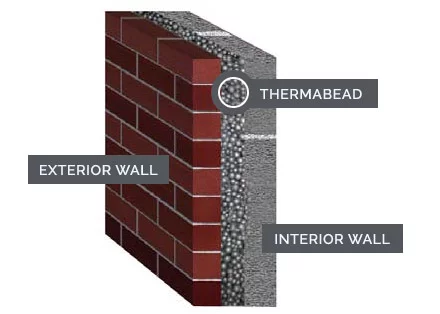
FLAT ROOF INSULATION
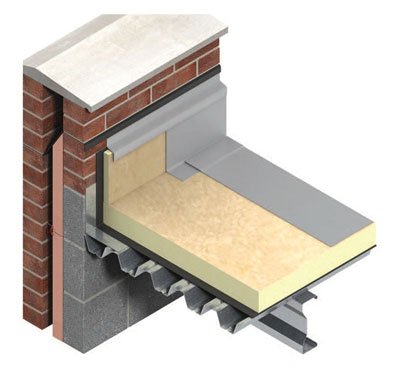
What is flat roof insulation? Flat roof insulation is used to enable a room to feel warmer in the winter and cooler in the summer months. In most cases we will strip back the existing roof, secure the deck, add a vapour barrier and insulate using rigid foam board. The roof will then be finished with OSB/PLY and a waterproof membrane usually EPDM rubber. The thickness of the insulation will depend on the U-Value but generally 120mm is required.
INTERNAL WALL INSULATION
Internal wall insulation is done by fitting rigid insulation boards to the wall, or by building a stud wall filled in with insulation material such as mineral wool fibre. Internal insulation: Is generally cheaper to install than external wall insulation. The wall will the be skimmed with finishing plaster leaving a smooth surface ready to paint and fresh skirting boards will be fitted.
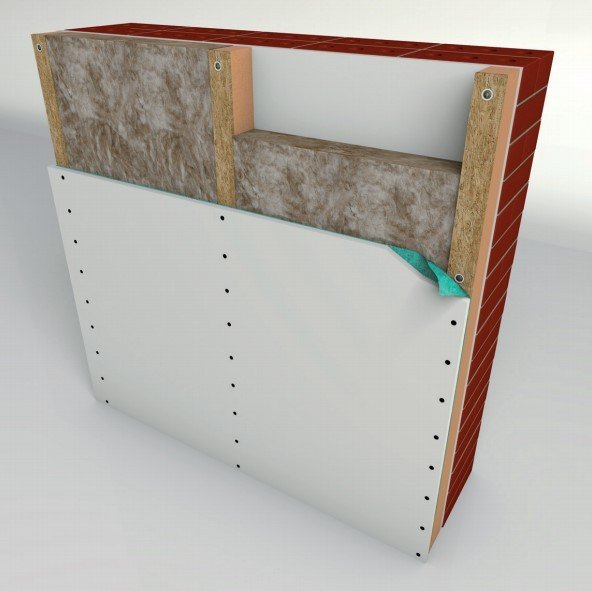
LOFT INSULATION
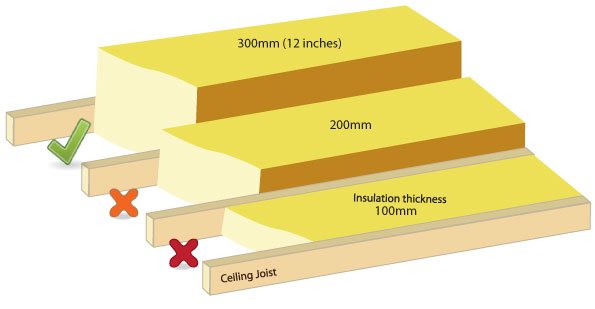
A quarter of heat is lost through the roof in an uninsulated home. Insulating your loft/attic is s an effective way to reduce heat loss and reduce your heating bills.
Installed correctly, loft insulation should pay for itself many times over in its 40-year lifetime. If access is easy and your loft joists are regular, you can use rolls of mineral wool insulation. The first layer is laid between the joists – the horizontal beams that make up the floor of the loft – then another layer is laid at right angles to cover the joists and make the insulation up to the required depth which we recommend at 300mm.
ROOM IN ROOF INSULATION
If you want to use your loft as a living space, or it is already being used as a living space, then you need to make sure that all the walls and ceilings between a heated room and an unheated space are insulated.
Sloping ceilings can be insulated in the same way as for a warm roof, but with a layer of plasterboard on the inside of the insulation.
We make sure we insulate all the areas of wall and ceiling round any dormer window, and that you use high performance glazing for the window, or for any skylights.
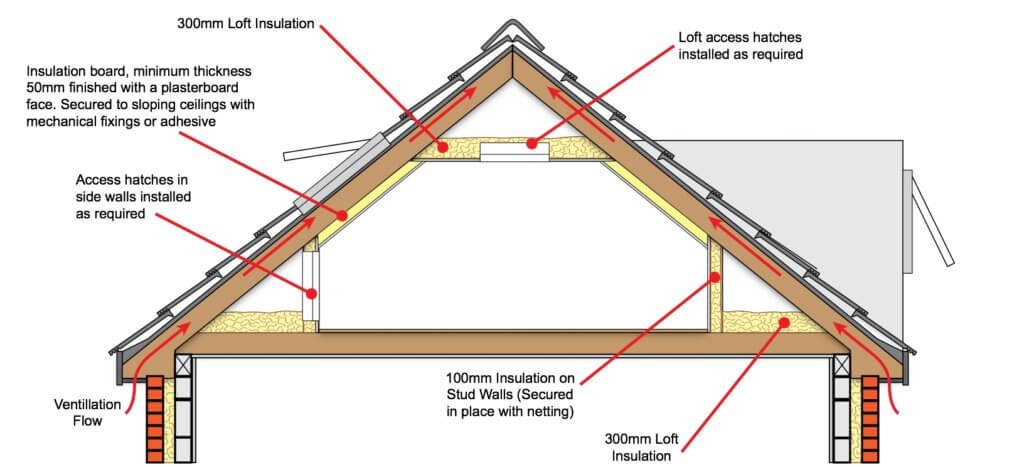
UNDER FLOOR INSULATION

Insulating your ground floor is a great way to keep your property warm. Generally speaking, you only need to insulate the ground floor. If you’re on an upper floor, you don’t usually need to insulate your floor space. Insulating you suspended floor will not only keep your property warmer but will prevent draught coming through the floor boards.
However, you should consider insulating any floors that are above unheated spaces such as garages, as you could be losing a lot of heat through those.
CONTACT INFO
- 0800 505 3220
- info@energy4eco.co.uk
- 20-22 WENLOCK ROAD LONDON N1 7GU
